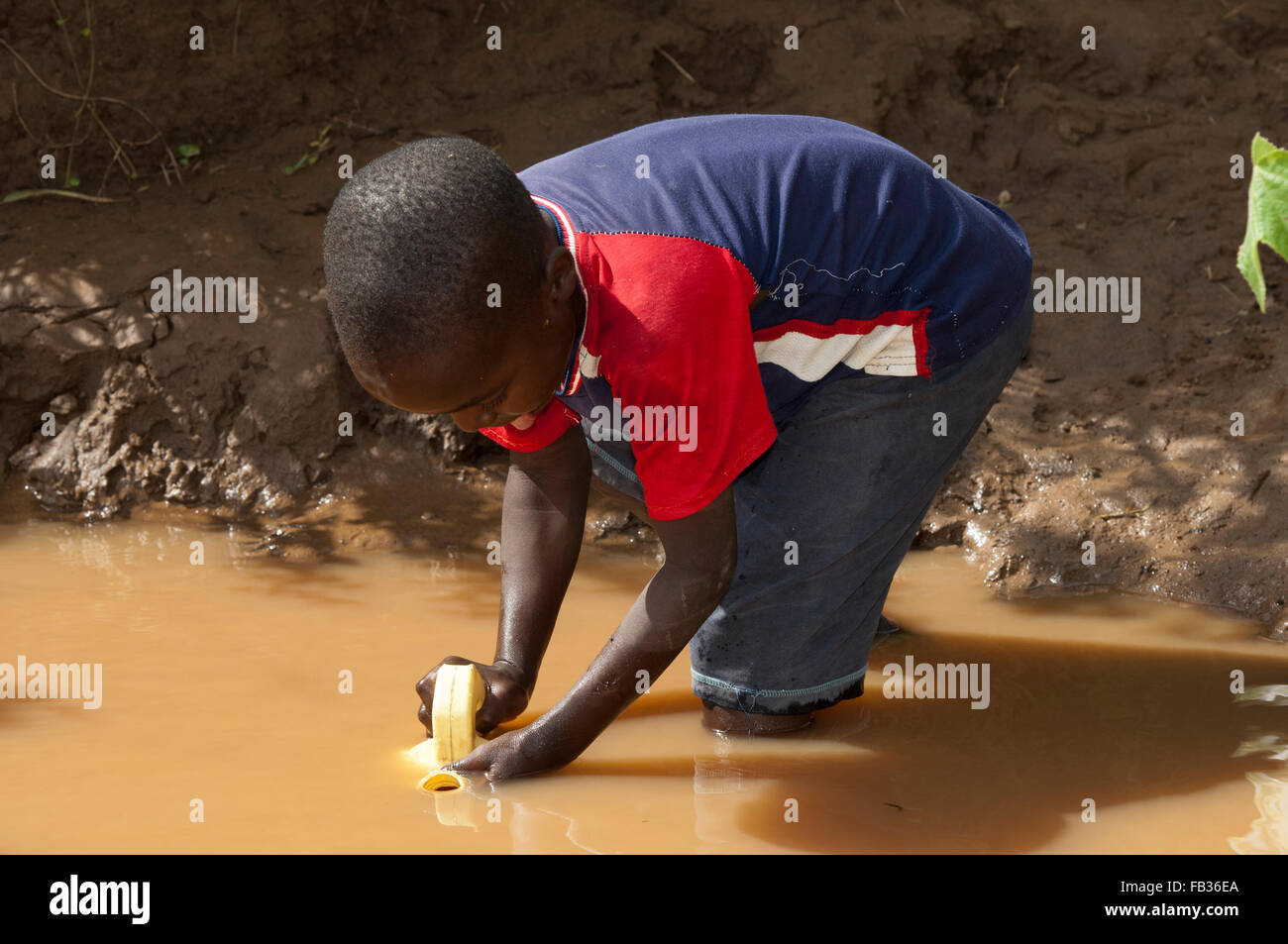Deforestation releases this stored CO2 back into the atmosphere further contributing to climate change. When they are degraded or completely cleared eg.
 Global Warming And Deforestation Deforestation Global Warming Greenhouse Gases
Global Warming And Deforestation Deforestation Global Warming Greenhouse Gases
Brazil has lost 20 of its rainforest to deforestation making the country one of worlds biggest contributors to greenhouse gases and global climate change.
How does deforestation contribute to climate change. Deforestation and forest degradation are responsible for around 15 of all greenhouse gas emissions. Carbon emissions from deforestation far outstrip damage caused by planes and automobiles and factories. By fire a process referred to as deforestation this stored carbon has the potential to be released back into the atmosphere as carbon dioxide and contribute to climate change.
This means that less of the carbon dioxide in our atmosphere is getting converted back into oxygen by photosynthesis which is already having a huge impact on our climate. Deforestation is a significant contributor of. How does deforestation affect climate change.
NASA satellites make it possible for scientists to monitor changes in rainforest landscapes around the world and to collect images of areas that are actively burning here and here. In the last decade the largest amounts of deforestation occurred across the humid tropics. This is captured from carbon dioxide a major greenhouse gas in the air and turned into the structure of the tree.
We lose a crucial ally in keeping excess carbon out of the atmosphere and in slowing global warming Even more emissions are created when felled trees release the carbon theyd been storing and rot or burn on the forest floor and. And this is how deforestation and forest degradation contribute to global warming. How deforestation affects climate change.
From logging agricultural production and other economic activities deforestation adds more atmospheric CO2 than the. Deforestation and Its Extreme Effect on Global Warming. Forests store large amounts of carbon.
Forests store enormous quantities of carbon. Deforestation National Geographic. This highlights the importance of the initial magnitude of land use change and resultant climate change on the soil carbon response to deforestation in the UVic ESCM.
Tropical deforestation accounts for up to 15 of net global carbon emissions each year. The Nature Conservancy is working hard to change that. All told deforestation causes a triple-whammy of global warming.
Microorganisms in the soil draw even more carbon into the forest floor there is more carbon below ground than above. Effects of Deforestation Deforestation is a leading cause of climate change perpetuates species extinction increases greenhouse gas emissions and decreases soil quality. Deforestation is the second largest manmade source of atmospheric carbon dioxide after fossil fuel burning.
This carbon changes the planets climate and contributes to rising temperatures stronger storms more severe droughts and rising sea levels. The Conservancy is working across Brazil with many partners to reduceand nearly stopdeforestation. Halting the loss and degradation of forest ecosystems and promoting their restoration have the potential to contribute over one-third of the total climate change mitigation that scientists say is required by 2030 to meet the objectives of the Paris Agreement.
The 15-75 simulations all have converging levels of forest loss by 2100 Fig 3 thus the rate of change of land cover can also play a role in soil carbon retention. These greenhouse gas emissions contribute to rising temperatures changes in patterns of weather and water and an increased frequency of extreme weather events. The accelerating destruction of the rainforests that form a precious cooling band around the Earths equator is now being recognised as one of the main causes of climate change.
The effects of deforestation impact the entire planet. Below are few of the effects that deforestation can have on the climate. Trees can help prevent climate change by capturing and storing huge amounts of carbon dioxide from the air and carbon dioxide.
The surplus carbon is stored in the plant helping it to grow. When trees are cut down and burned or allowed to rot their stored carbon is released into the air as carbon dioxide.










